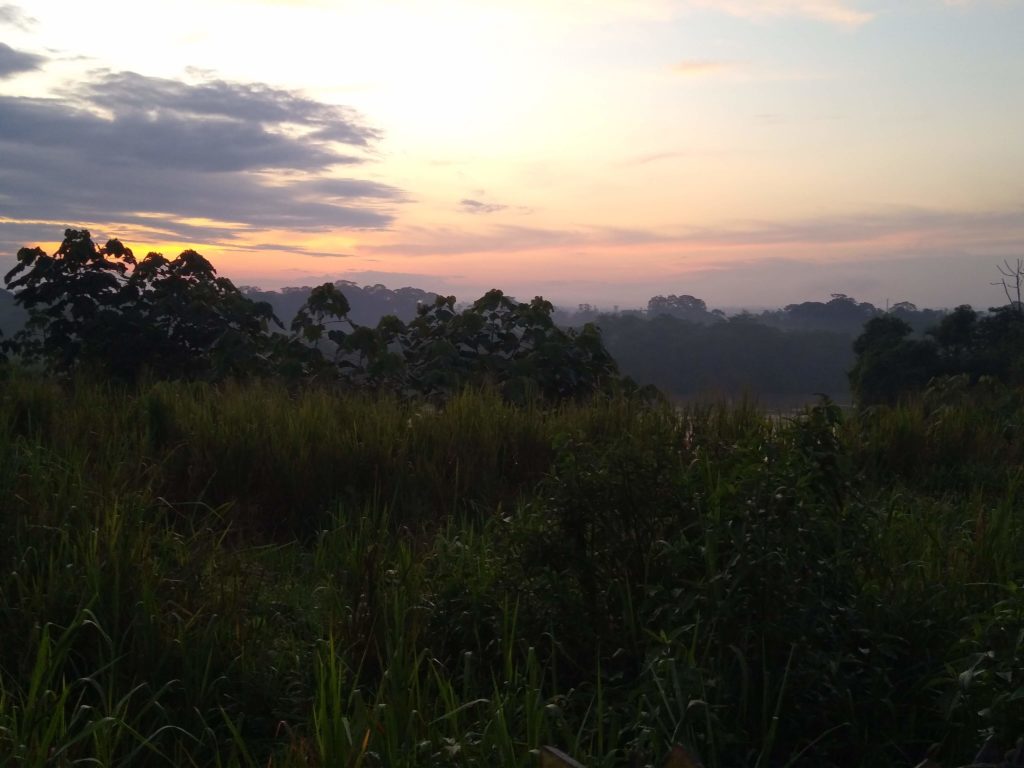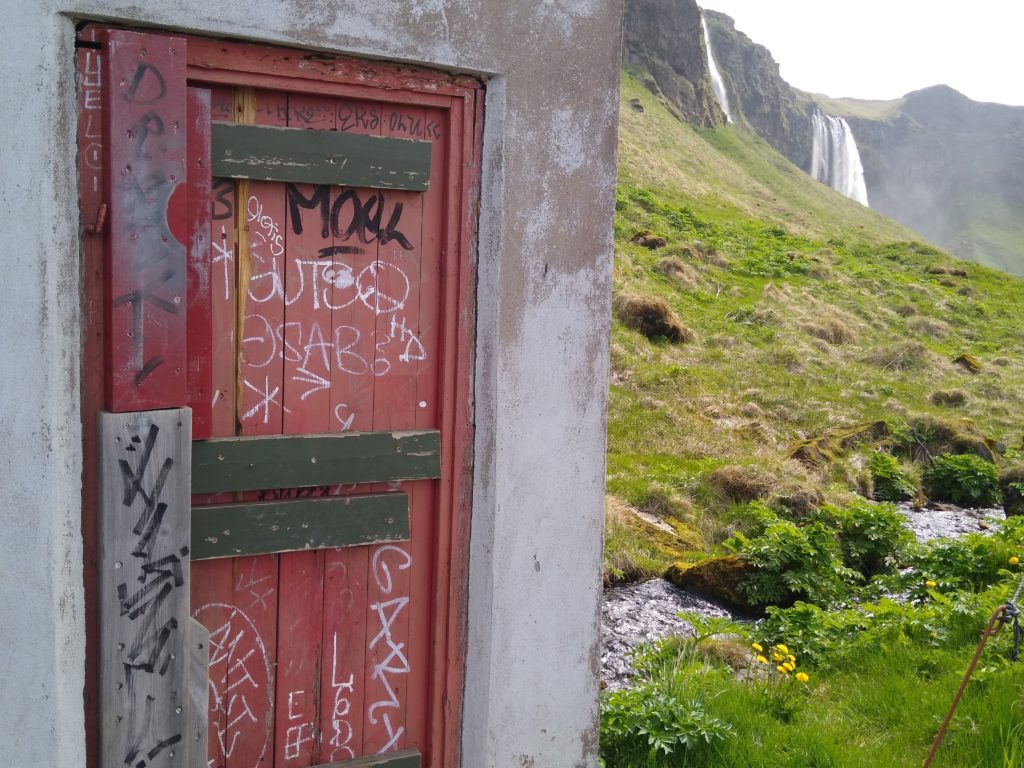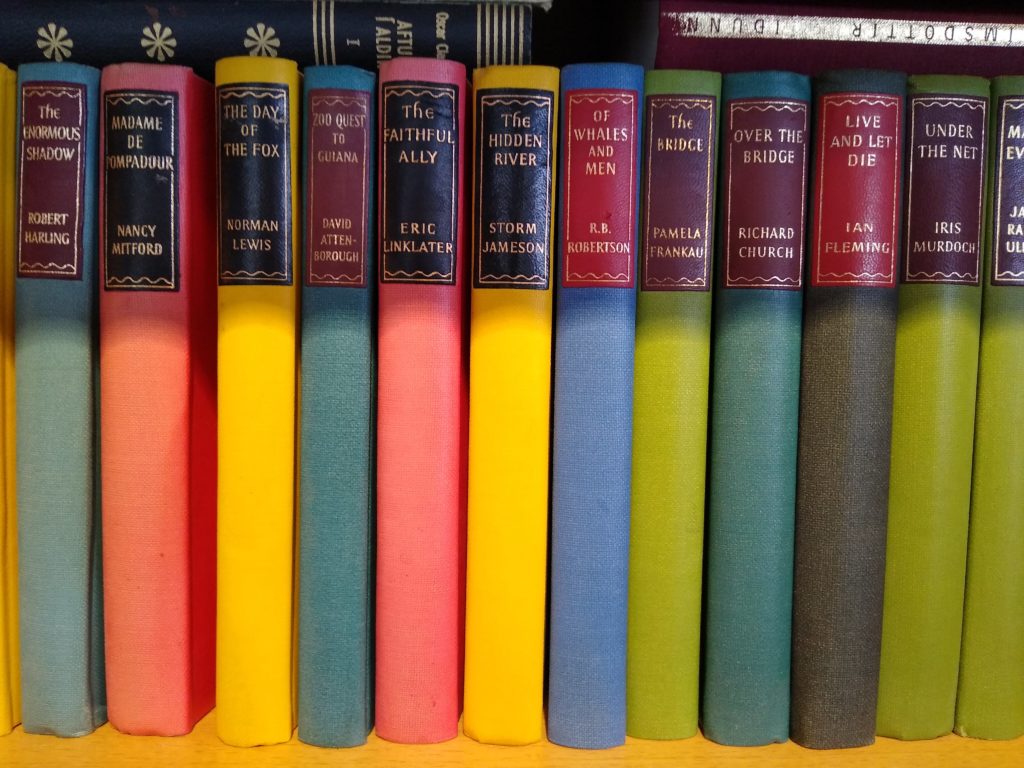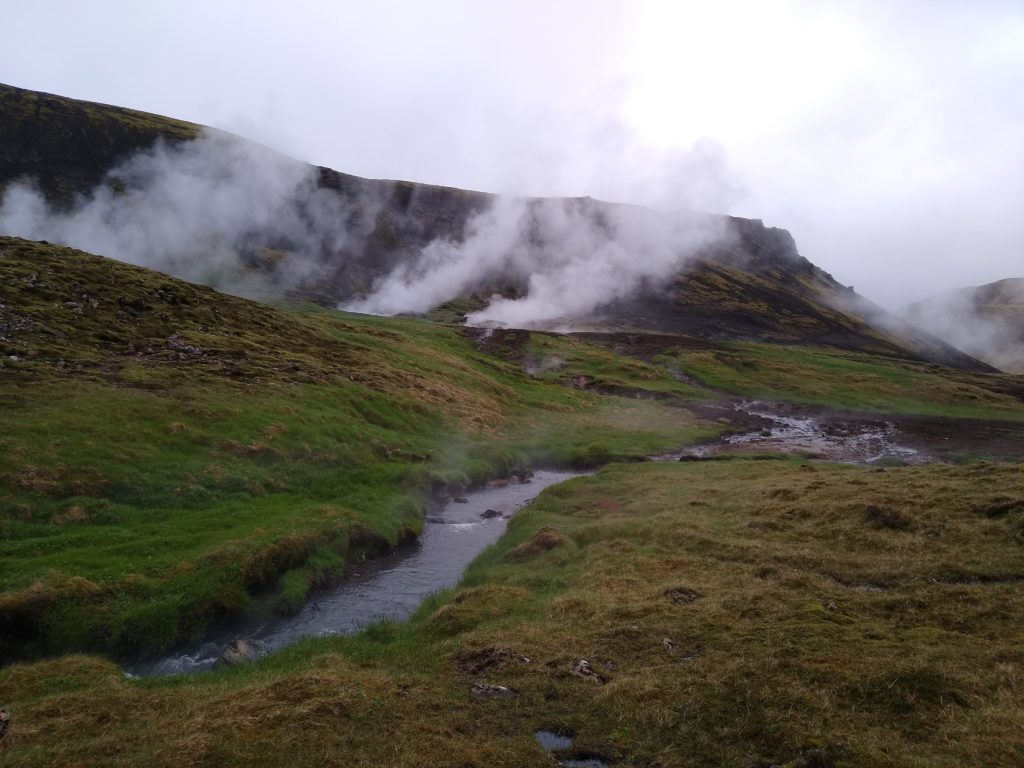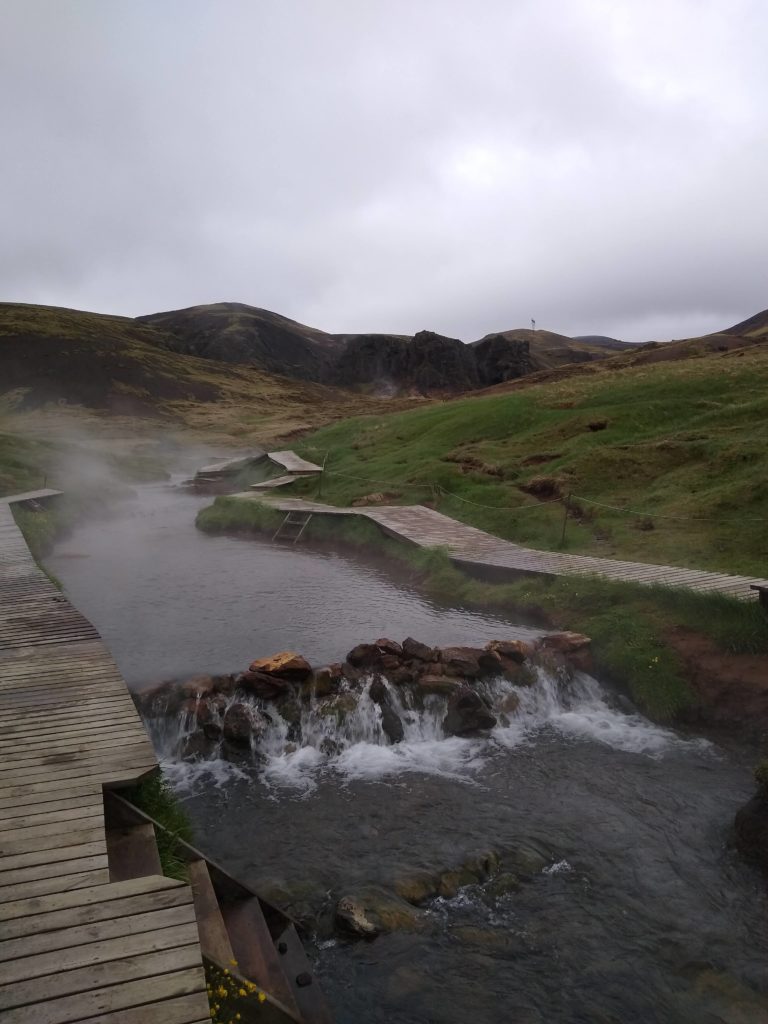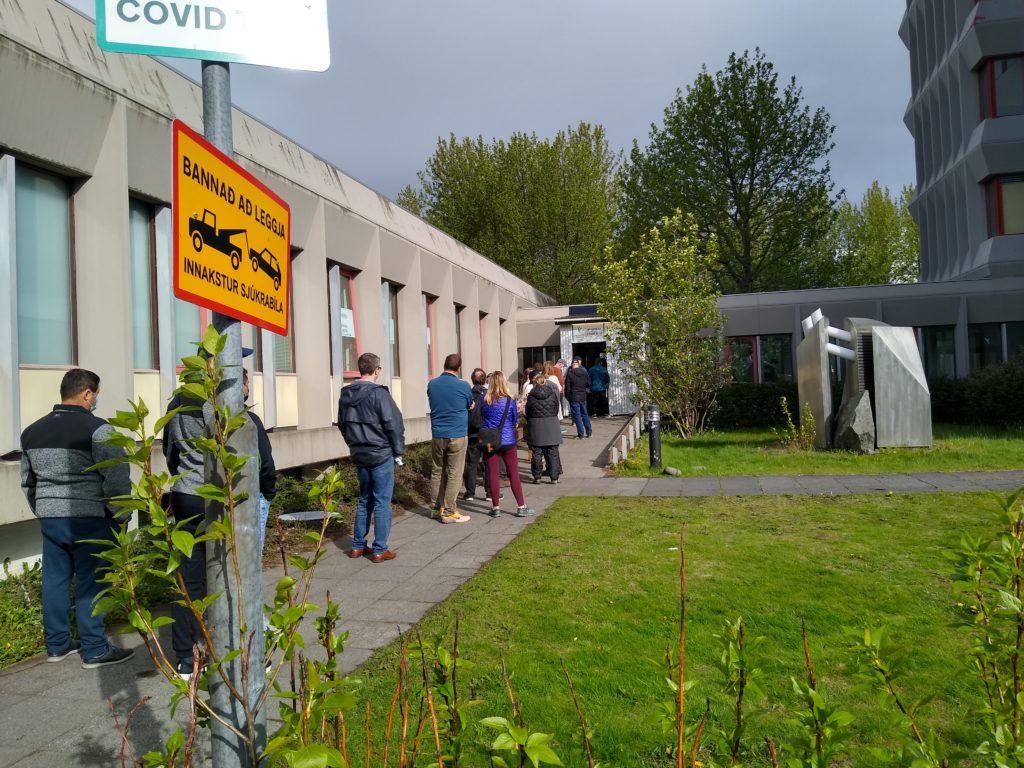*Disclaimer: The info written below was accurate at the time of travel. Some requirements have changed since then. Also, please respect all international travel guidelines. The following is not a good example.
We stood in line at the Keflavik Airport in Iceland, getting tested for Covid-19.
My leg twitched.
Tears flowed down my cheek.
She pulled the spear of death out of my nostril after twisting it like a screw driver three times. I think part of my soul came out on that q-tip. I’ve been tested many times. Never before have I been so violated in my entire life.
Such is the world we now live in.
I have not taken any time to write about the intricacies of travel in a post-pandemic world. Part of me wanted to avoid being another noisy voice in an already Covid-inundated world. Needless to say, nearly every aspect of travel has been changed in some way by the pandemic. From downright lockdowns and border closures, to the talk of “Covid Passports,” travel is slowly returning to what we consider “normal.”
My wife and I sat in the same boat as the rest of the world: we hadn’t traveled overseas in over a year, our longest stretch of US time in more than 7 years. So our return to international travel thrilled us.
And one of the first countries to reopen fully, without a 14-day quarantine, was Iceland. If we could only figure out the entry requirements.
The first step was easy. Each person traveling to Iceland had to either be 1) fully vaccinated and carrying an official vaccination card, or 2) carrying an official document stating that they had been diagnosed with Covid and recovered in the past 6 months.
Yes, this is frustrating. For as long as I can remember, the US passport had been the key to the world. And Americans are not used to restrictions and recommendations that involve our personal rights and personhood. We’re an independent and individualistic people. And there’s nothing wrong with that. But in an evolving global scene, it’s something for which we have to manage and adjust. Eventually, countries will no longer require a vaccine card. This week alone, most of the EU reopened to US travelers with no restrictions or vaccination requirements.
We then had to pre-register to cross into Iceland. The registration makes it so that they can tie our entry to our entry Covid test (more on that in a minute).
However, prior to entry, each traveler has to register and pay for a Covid test (to be completed in Iceland) within 72 hours of returning back to the US. This was a US requirement. At the time writing, the United States still requires a negative test no more than 3 days prior to the coming back, whether you’re vaccinated or not. In Iceland, the test runs you a cool 60 of your American Federal Reserve notes.
But don’t be fooled. All of these requirements have changed and will change again. Travel requirements remain constantly fluid (think about that phrase a moment) and ever changing. Requirements changed up until a week before our departure.
We deplaned after a 7-hour flight from Minneapolis to the Keflavik Airport. The only oddity was that we never received any kind of customs form on the plane. We just figured that we’d be asked a thousand questions at customs when we landed. Passport control, border security, customs, nobody ever asked us where we were staying or even which city we’d be in.
But soon after that, each passenger was herded to a line and fed through a trailer, just outside the airport.
A man at the counter asked us a couple of questions about our visit as he went through our papers. He also instructed us to download an app called Rakning C-19. This app would not only give us our test results, but it would also track our whereabouts, inform us of potentially Covid-dense areas, and send our whereabouts to the government should we leave a required quarantine. They would also send our results to our email address. Needless to say, I did not download this app.
And now we get back to the part where the lady violates my face.
It was different for each passenger, but for me, the lady testing me told me to put my hands at my side and not to move. She swabbed my throat first. Then she produced a corn-stalk-sized q-tip and crammed it four inches into the darkness of my cranial space. I’ve been tested many times. This was a different animal. I may not recover.
Icelandic government tells each tourist that they must wait for a negative result prior to leaving their respective hotels, or, in our case, an Airbnb. Each of the six of us traveling together had been vaccinated. And each of us had actually had Covid in the past six months. If there was a more immune group on the island, I would have been shocked.
The last thing we wanted to do was stay in our rooms.
So…we didn’t. We had heard it would take at least four hours (possibly up to 24 hours) to hear back from the government about our test results. So when we got to our Airbnb, we took a nap and cleaned up from a long day of travel. And when we had rested, out the door we went.
Later that night, after a crazy and great day of Icelandic fun, I checked my email.
Lo and behold, here’s what I had in my inbox:
Hi Anthony,
Your Covid test came back inconclusive. Please contact me by responding to this e-mail.
An inconclusive result always leads to isolation and the Instructions for persons under home-based isolation must be followed.
A sleep deprived and jet-lagged mind like mine immediately thought of the worst, “I’m going to be on a two-week quarantine at some Red Cross facility in Iceland.” There was no way I was positive for Covid. There had to be some mistake. I was vaccinated, already had Covid, and was symptom free. And there was no way I was flying to Iceland just to sit in an Airbnb for the entire trip. Especially since there was no way I had Covid. Our group got to talking and decided on one thing: the Icelandic Government does not have our location, and nobody downloaded the tracking app.
We threw caution to the wind and continued our trip.
Later, another email:
Anthony
Please be in touch about your Covid test.
The plan was simple. By this time, we were already two days into a five-day trip. Which meant that we had to get another test the following morning for our return to the US. I’d hold off communication with the Icelandic Covid Police, get my test, and send them my negative results.
So we did that. The next day, we went to Reykjavik for our test. This time, a testing lady told me to stand against the wall and put my hands to my side. She was even worse than the first lady. Must have been her older, angrier aunt or something. We suffered again.
But the test results came back negative. Confident, I attached them to a reply email, and sent it on its way. I stuffed my phone in my pocket and forgot all about it.
But later that night, I had another email waiting for me:
Hello Anthony
I hope you are aware that you were not allowed to take the test at this Centre and you were lucky that you got away with it since you were inconclusive at the airport.
Wow, I was lucky that I got away with it. I had taken the test at the wrong location. My communication with this person was done. The last thing I needed in life was to unintentionally end up in an Icelandic prison. Our return trip went well and we had no trouble at the border. Although, when we got to the part where they check your Covid test information, I was a bit nervous, waiting for a SWAT team to spring out and haul me away. But nothing happened.
I don’t have Covid.
Iceland doesn’t hate me.
And their restrictions have probably since changed anyway.
But still, it felt like a narrow escape.
anthony forrest
**Edit: as of today, July 1, 2021, Iceland no longer requires Covid testing, quarantine, or face masks. The time to travel there is now.
